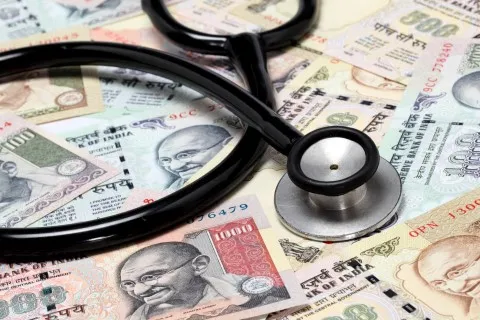
Can India ease its bad loan woes before another banking scandal erupts?
The recovery loan on defaulted loans in the country are at a dismal 26%.
As India grapples with a staggering bad loan problem, ongoing reforms and efforts to recapitalise its banks may be weak and long overdue, according to a report from credit rating agency S&P Global Ratings.
“India is at the tail end of its bad-loan recognition problem,” the credit rating agency noted, particularly in the areas of asset quality review, divergence recognition and disclosure and new restructuring norms.
Also read: Bad debt burden delays Basel III adoption in Indian banks
Indian banks are estimated to have stressed assets of c.$150b of which $120b is represented by non-performing loans and rest by restructured loans, with more than three quarters (80%) of stressed assets held by state owned banks, according to data compiled to accounting firm Deloitte. The recovery rate for defaulted loans in India is also dismally low at 26%.
“The Indian banking sector has traditionally not been aggressive in recognising and impairing stressed assets, and deteriorating asset quality in sectors like steel, construction and infrastructure remain to be fully addressed,” Deloitte noted.
The $2b scandal which erupted at state-run Punjab National Bank, often touted as the biggest fraud in the country’s banking history, also brings attention to the glaring weaknesses of India’s banking system.
“Very few steps have been taken on the reform front and follow-through on announced reforms has been weak,” S&P noted. “More concrete steps are needed to tighten banks' internal controls and risk-management practices, especially at public-sector banks.”
However, the government is making concerted efforts to address systemic problems in the financial services industry and strengthen the capability of banks to recognise bad loans and increase provisions with the passage of the Insolvency and Bankruptcy Code last May 2016.
“Whilst recovery may not improve drastically in this cycle, we think the new policies could lead to faster recognition and resolution and may lead to improved recovery rates in the next cycle...however, potential for considerable upside is limited by the weak risk management and internal controls practices.”




![Lorem Ipsum [ABF 1]](https://cmg-qa.s3.ap-southeast-1.amazonaws.com/s3fs-public/styles/exclusive_featured_article/public/2025-03/a_hand_pointing_to_a_futuristic_technology_5b87c9d0e3_1.png.webp?itok=2w0y1WhS)


![Cross Domain [Manu + SBR + ABF + ABR + FMCG + HBR + ]](https://cmg-qa.s3.ap-southeast-1.amazonaws.com/s3fs-public/styles/exclusive_featured_article/public/2025-01/earth-3537401_1920_4.jpg.webp?itok=WaRpTJwE)







 Advertise
Advertise

